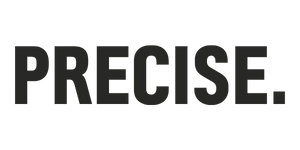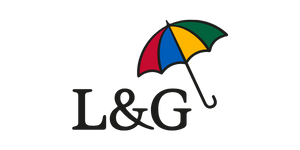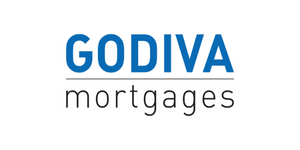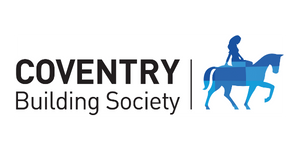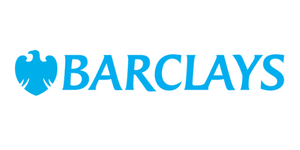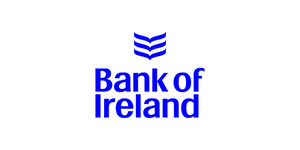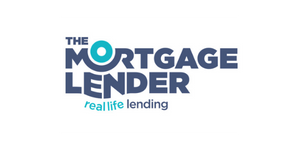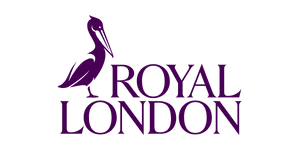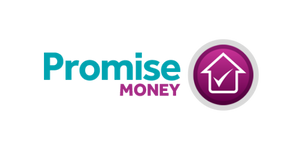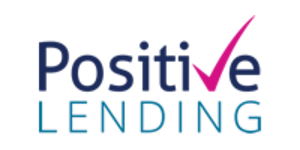Getting a mortgage as a taxi driver
Self-employed taxi drivers can often find it challenging to get a mortgage, just like many other self-employed individuals. Regardless of how much you earn, many lenders prefer the added security offered by people in contracted employment as they can easily prove their income with payslips.
When it comes to taxi drivers, whose income may be variable due to shift patterns, demand, and work-related expenses, many mainstream lenders simply do not have the experience or flexible procedures to accurately assess income and evaluate mortgage affordability.
Fortunately, there are more understanding lenders out there, usually beyond the usual high-street names. These lenders’ underwriting procedures have the flexibility to accommodate self-employed mortgage applicants.
To access these lenders, it’s highly recommended that you use a specialist mortgage broker. This is due to their expertise and the wide selection of lenders they have connections to, as some specialist lenders are not directly available to the public.
How to prove your income as a taxi driver
As a self-employed taxi driver, you won’t have the luxury of just providing payslips to a lender to prove your income. Instead, they will normally ask to see your official business records.
Most lenders prefer to see your business accounts (often 2-3 years' worth) to evaluate your income sustainability. However, there are some specialist lenders who are willing to base their lending decisions on as little as one year’s accounts. Normally, lenders require accounts to have been prepared or certified by a chartered accountant.
Many lenders will also ask for your SA302 year-end tax calculation (also known as a Tax Year Overview) from HMRC, either as well as or instead of full business accounts. If you’re registered as self-employed with HMRC, the SA302 shows your total declared income from all sources and the amount of income tax and National Insurance contributions due.
If you operate as a Limited Company Director, a lender will require you to show evidence of dividend payments and potentially retained profits. If you operate as a Sole Trader, lenders will primarily focus on your net profit as declared on your self-assessment.
Finally, a lender will want to see bank statements to look at your income and outgoings, which will help them determine your affordability. Lenders typically will want to see at least 3 months’ worth of bank statements, although as you are self-employed this can be more.
Understanding Your Income & Expenses
Taxi drivers often have significant business expenses (fuel, vehicle maintenance, insurance, licensing fees, vehicle finance payments). Lenders understand that these deductions are part of your business operations. They will typically assess your net profit (your income after these allowable expenses) as the basis for your affordability. Our advisors can help ensure your accounts present your income in the best possible light.
How much can I borrow as a taxi driver?
When lenders are assessing your application, many factors will determine how much you can borrow. Essentially, a lender will want to understand how much of a risk you are to lend to. The less risky you are perceived as, the more you can usually borrow.
Some factors will present you as less risky, and in turn could lead to borrowing more. These include:
- Having a good credit history – this shows you have the ability to manage and repay borrowed finances.
- Providing a larger than average deposit – the more money you can put down, the more you'll be likely to borrow.
- Having consistent proof of income – as a self-employed taxi driver, consistent and steady levels of income show a lender that you have the ability to consistently earn money to pay back your loan. Lenders understand that taxi driving income can fluctuate, due to seasonality or other factors, so they often look at your average income over 1-3 years to get a stable picture.
On average, you will be able to borrow between 3 to 5.5 times your annual net profit. However, as discussed, this will vary between applications. To get an accurate idea of what you could borrow, why not reach out today? Our expert mortgage advisors are on hand to discuss your situation over a free no-obligation consultation.
How much deposit will I need?
As with any mortgage application, this will vary from person to person. However, due to the more complex nature of your income, a good deposit to aim for is 10% of the property’s value. If you’re seen as a risky borrower due to a bad credit history, for example, you may need to put down even more.
The main benefit of putting down a larger than average deposit is that it opens you up to many more products and lenders, which in turn can improve your chances of obtaining a competitive interest rate.
Using a mortgage broker as a taxi driver
Not all lenders are equal when it comes to understanding the implications that come with mortgages for taxi drivers, this includes income, expenses, and net profit figures. This can make it difficult to navigate the market and know who to approach.
Fortunately, we have access to lenders from across the mortgage market, including many who specialise in lending to the self-employed. These specialist lenders can’t always be directly accessed by the general public, therefore a broker is often the only way to reach them.
If you want to discuss your possible options, get in touch today! Our expert team of advisors are on hand to discuss your needs over a free no-obligation consultation.




